Marco Polo Cruse Ship
While vojage by boat along the Fjorlandfjord, one of the arms of the Sognefjord, near the village of Fjorland, a ship whose elegant silhouette was once a symbol of the Soviet Civil Fleet - the Alexander Pushkin, now Marco Polo cruise liner.
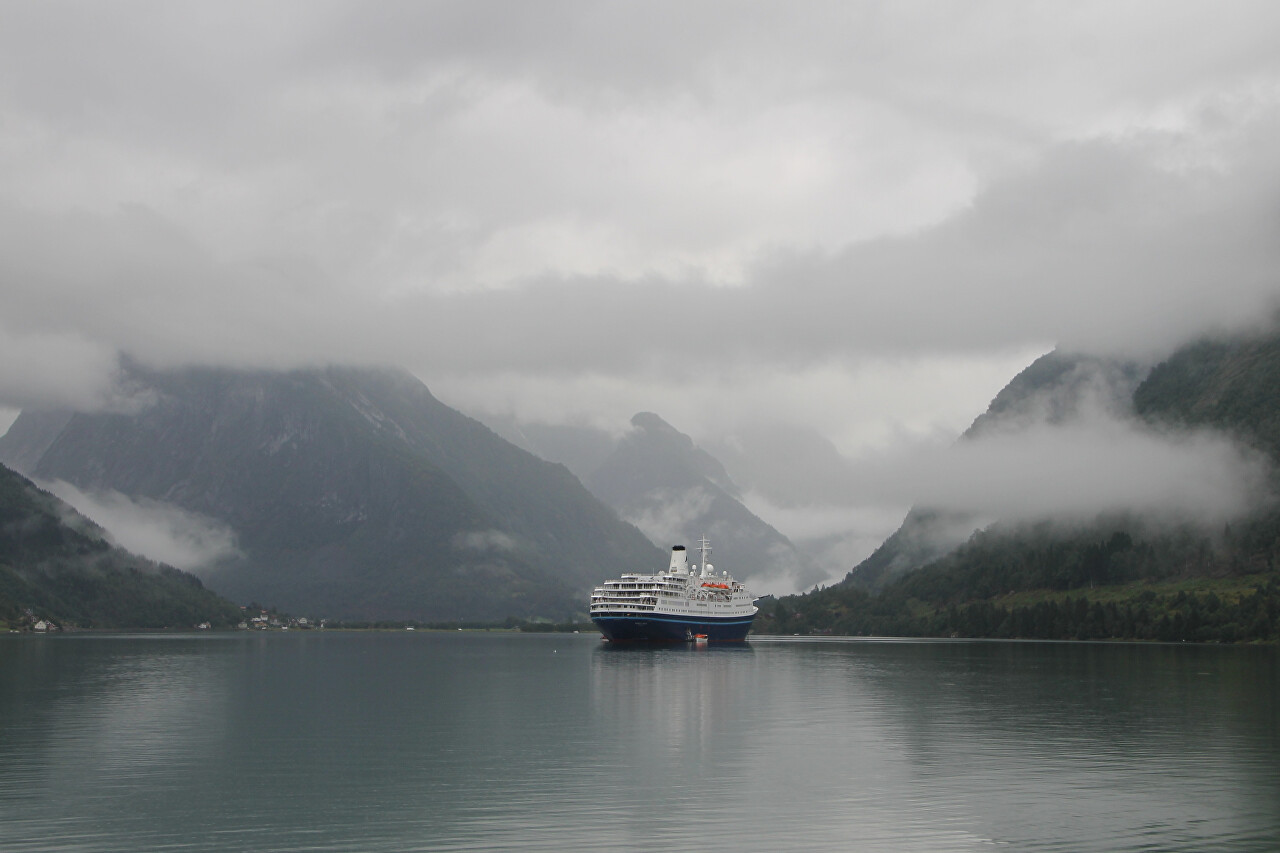
The Alexander Pushkin ocean-going passenger ship was the second vessel of the Ivan Franko project (301/Seefa 750), built by order of the USSR at the VEB Mathias-Thesen-Werft shipyards in Wismar, GDR, and launched on April 26, 1964. The ships of this project, in general, met modern requirements, had isolated rooms and gangways for the crew, a swimming pool with a sliding roof, but also had some exotic features by Western standards - for example, six-seat cabins and three taps in the washbasins - for cold, hot and sea water, which Western shipbuilders long ago abandoned. In addition, the project provided for the use of the ship for the transfer of troops (in the USSR, absolutely all transport had a dual purpose), the ship had large storage facilities and fuel reserves that provide autonomy up to 10,000 nautical miles, as well as cargo holds and powerful cargo booms capable of lifting armored vehicles. Nevertheless, the appearance of the liners of this series, which also included "Ivan Franko", "Taras Shevchenko", "Shota Rustavel" and "Mikhail Lermontov" became a notable event in the world of shipbuilding. As the foreign press wrote, ".. their overall architectural appearance gives the ships a special elegance"... " the 700-seat Soviet ship is not inferior in its seaworthiness and comfort to foreign ships crossing the Atlantic. At the same time, passengers will find something unique and enticing here - the Russian style."
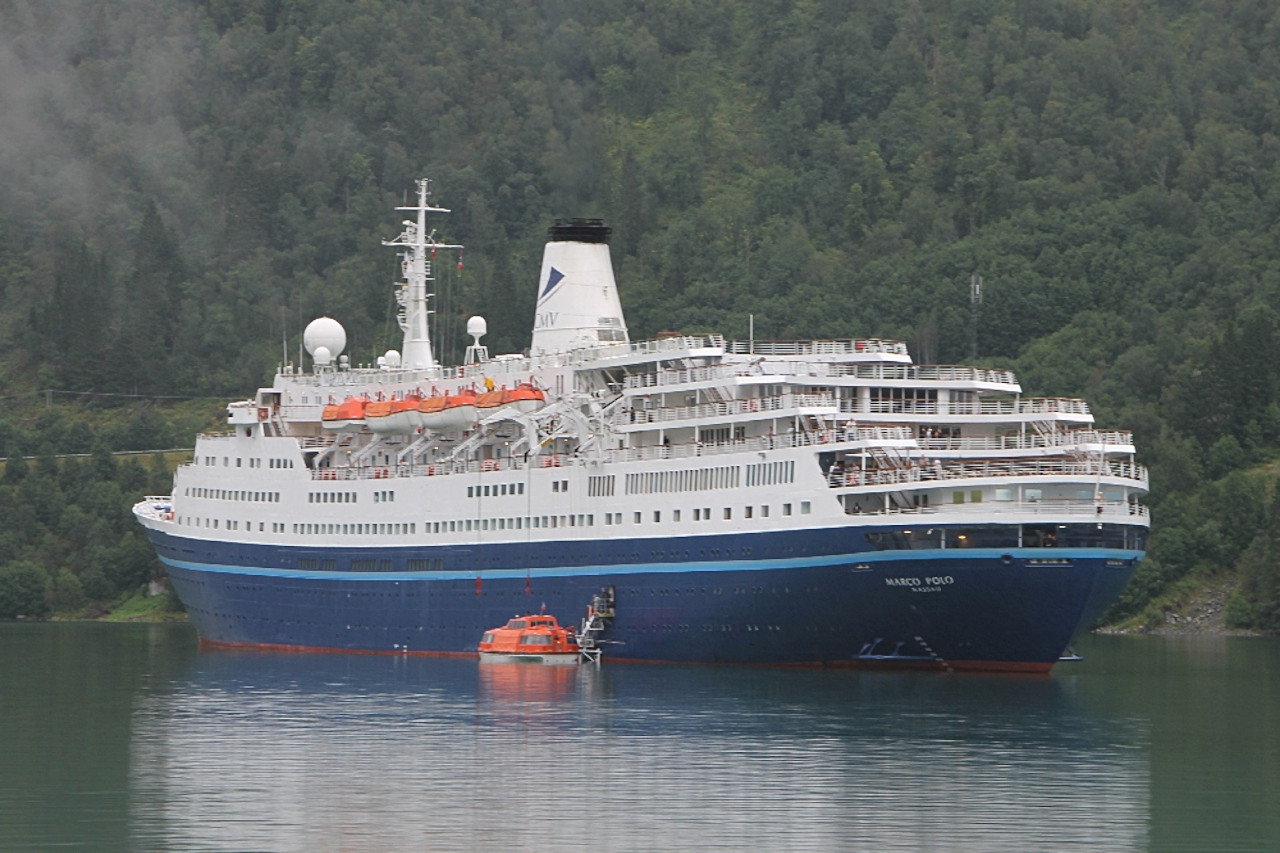
On August 14, 1965, the liner was transferred to the Baltic Shipping Company, and began to perform regular flights on the Leningrad - London and Leningrad - Le Havre lines, and in April of the following year opened a new Leningrad-Montreal line. Flights to Canada continued until winter, then the ship began to go on cruise routes around the world. "Alexander Pushkin" has become one of the most popular airliners among foreign passengers. About 80% of tickets were now stably sorted by the" own passenger " of the Russian ship, who preferred it to ships of other countries. Some tourists made up to 17 cruise flights on the Russian liner. Residents of Germany have been waiting in line for years to buy tickets. In 1972, the ship was upgraded, received pitching stabilizers, and also received the first specially equipped disco hall in the history of the Soviet passenger fleet.
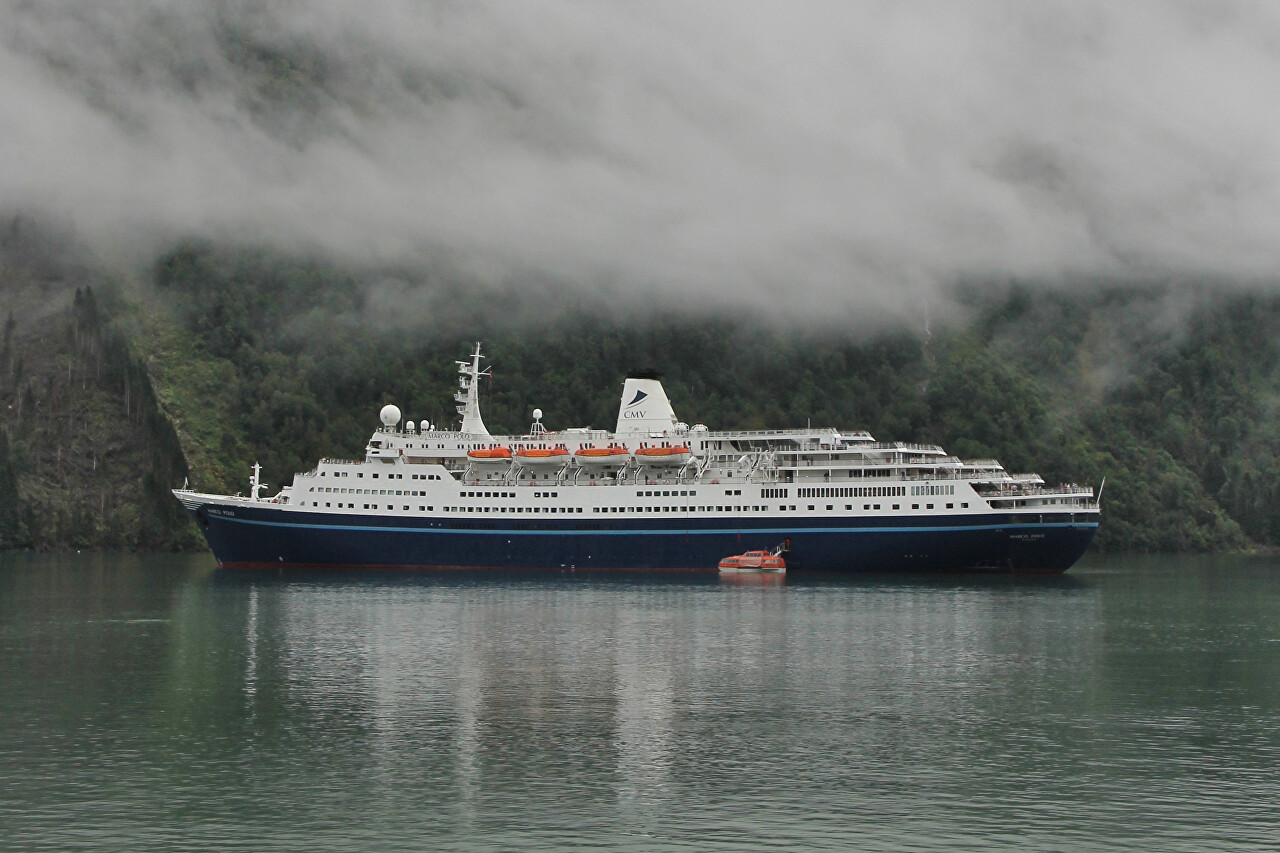
In 1984, the ship was transferred to the Far Eastern Shipping Company, and a year later, in 1985, it was leased to CTC Cruises, and began to operate cruises from Sydney. In 1991, "Alexander Pushkin" was sold to Orient Lines and received a new name-Marco Polo. In June 1991, the ship underwent a deep modernization at the Greek shipyard Neorion, after which only the hull remained from the old ship-the interiors and mechanisms were completely replaced. Perestroika lasted two and a half years and cost, according to various sources, in the amount of 20 to 60 million dollars. From 1993 to 1998, Marco Polo performed cruises on exotic routes - to Southeast Asia, Africa, and Antarctica, then went through the hands, changing owners every 2-3 years. Now the ship belongs to Transocean Tours and runs under the Bahamian flag.
A Marco Polo dinghy takes tourists ashore.
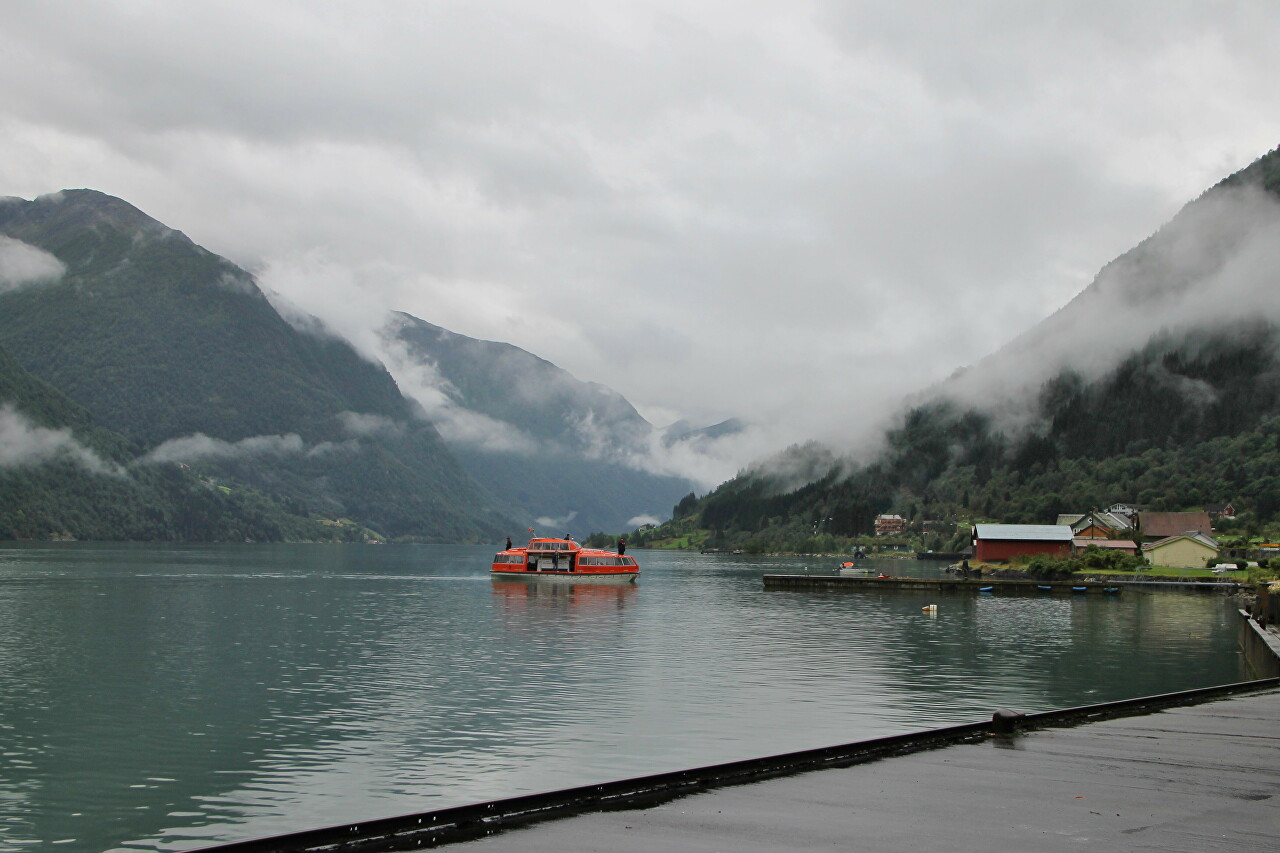
In 2009, the ship was involved in a scandal about the infection of 400 passengers with norovirus infection, which caused the cruise to be interrupted off the coast of Scotland. In March 1913, while leaving Sortland in northern Norway, the ship collided with an uncharted underwater rock. However, the cruise was completed, and at the end of it, the ship went to dry dock in Antwerp and after nine days of repairs again put to sea. The last incident occurred on February 14, 2014, when a wave hit in the English Channel killed one passenger and injured several others.
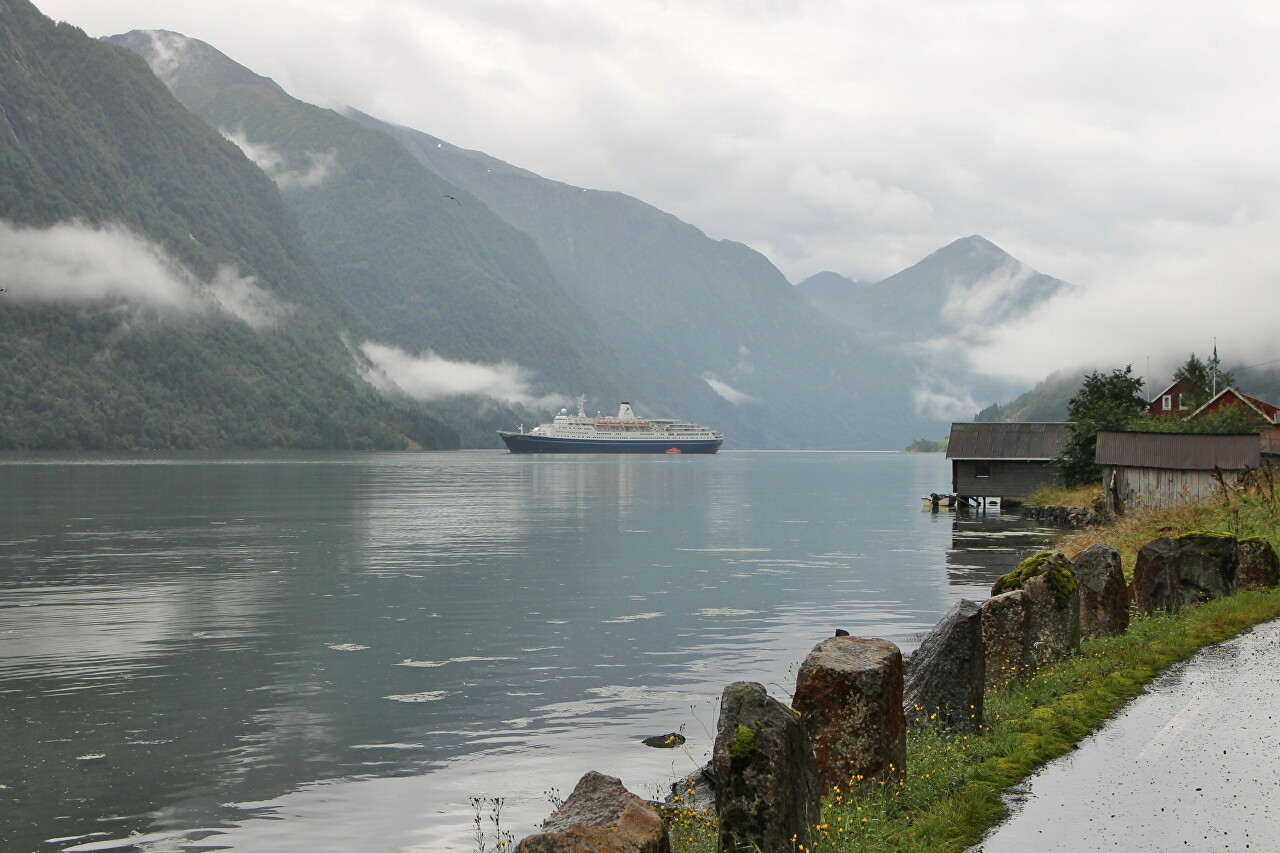
Now, despite its age, the liner continues to delight the eye with its smooth shapes, favorably differing from modern floating resorts, more like land buildings than sea vessels, where all the romance of a sea trip is lost.
We received such greetings from the USSR in the most unexpected place.